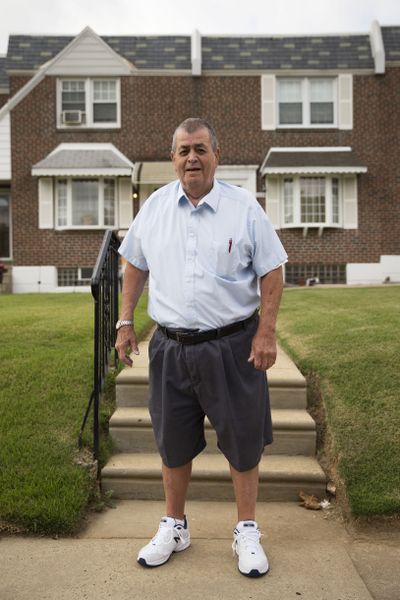Reverse mortgages poised for rebound
Regulators looking closely at once-troubled practice

WASHINGTON – Advertised as a path to an affordable retirement, federally insured reverse mortgages are showing signs of a rebound, drawing the scrutiny of regulators seeking to reduce historically high default rates that have cost the government billions.
Industry analysts expect strong growth as the housing market improves, particularly in once hard-hit Sun Belt areas including Phoenix, Miami and San Diego, and aging Americans find value in growing old in their homes.
They are also being boosted by high-appreciation, gentrifying neighborhoods in older cities such as New York’s Brooklyn borough.
Analysts say they expect continued interest as the leading edge of 78 million baby boomers approach 70, the age when a person typically begins to consider a reverse mortgage. A poll by Gallup in April found that 68 percent of Americans ages 50 to 64 said they were “very” or “moderately” worried about having enough money in retirement.
A reverse mortgage allows borrowers 62 or older to receive a line of credit or lump-sum or monthly cash payments off the accumulated equity in their homes. The loan comes due when the borrower dies, moves or sells the house. The borrower’s heirs are not liable if the loan balance exceeds the value of the home – FHA covers the risk. Reverse mortgages have been pitched in slick TV ads featuring actor Henry Winkler and former U.S. Sen. Fred Thompson.
After retiring from his newspaper ad sales job two years ago, Myles Griffin and his wife took out a reverse mortgage in May to supplement their Social Security income. The couple took out loans worth nearly $30,000 on the home they have lived in for 40 years in a working-class neighborhood of northeast Philadelphia to help pay off credit card bills and remodel their kitchen – leaving open the option to tap into some of the remaining equity later if needed.
“We had a look at whether we wanted to move into a senior living facility, but that was more expensive, so we decided to stay with the house,” Griffin said. “We like our neighbors very much so this was the best way to go.”
Reverse mortgages haven’t always worked well. After the housing boom, many Americans took advantage of flexible lending terms to quickly draw large amounts of cash, later falling into financial trouble during the extended economic downturn.
To cover projected losses of $70 billion over a 30-year period, FHA was forced last year to receive a $1.7 billion emergency cash infusion from the Treasury, due in large part to losses from reverse mortgages during the downturn. The total projected losses, the most recent available, don’t reflect recent home-price increases, decreasing losses on its portfolio and other changes. Congress last year gave the agency new authority to tighten lending rules.
In the coming weeks, FHA, a division of the Housing and Urban Development Department, is expected to finalize its proposed rule requiring loan applicants to undergo a detailed financial assessment. It’s aimed at reducing a current default rate of 10 percent, roughly double the level of regular mortgages.
The agency also has limited the amount of upfront payments a borrower can receive and recently reissued stern guidance to lenders to curtail deceptive marketing of reverse mortgages.
While HUD has power to issue warning letters, revoke a lender’s approval or initiate other sanctions, the Government Accountability Office and Consumer Financial Protection Bureau suggested in 2009 and 2012 that HUD may not have actively monitored marketing practices during the run-up of reverse mortgages in the late 2000s.
The latest guidance is intended to ensure “lenders know we’re keeping a watchful eye on their marketing and advertising practices,” said FHA Commissioner Carol Galante.
In the first half of the year, 27,648 reverse mortgages were issued worth $7.2 billion, according to FHA data. Although lower than the same period in 2013, Reverse Market Insight, which analyzed the data, said it expected this year’s total value to exceed the low in 2012, when 52,883 reverse mortgages were issued at a value of $12.7 billion.
Overall loan volume and applications have also been up in recent months, a leading indicator of increases in reverse mortgages, the company said.
At the peak in 2009, more than 111,000 reverse mortgages were issued worth $31.2 billion.